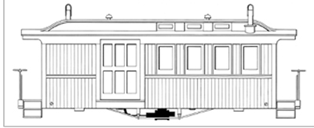
Download the PDF of this project here. This PDF is formatted to print on your home printer. Most pieces are formatted to fit on a 8.5″ x 11″ piece of paper. For larger parts of the plan, you will see “break lines.” Line up the break lines to create the larger piece. Despite our best […]
Read More…
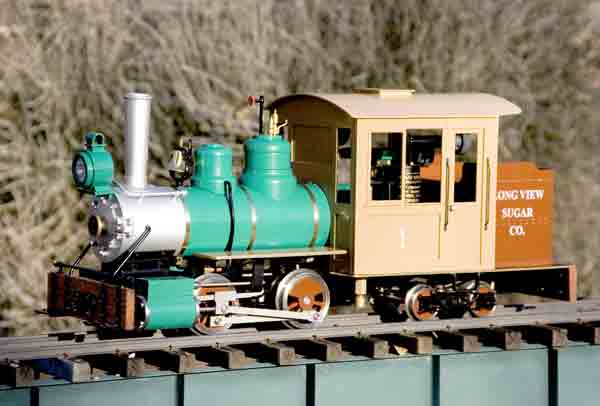
Subscribers: Don’t miss the exclusive highlight video of this impressive locomotive! Acccucraft Forney Marc Horovitz 1:20.3, gauge 1, live-steam 0-4-4 ForneyAccucraft33268 Central AvenueUnion City CA 94587Price: $659Web site: www.accucraft.com Freelance, live-steam Forney; all-metal construction; two double acting, piston-valve cylinders; piston-valve reversing; link-and-pin couplers; 50 psi blow-off pressure; single flue, gas-fired boiler; boiler fittings include safety […]
Read More…
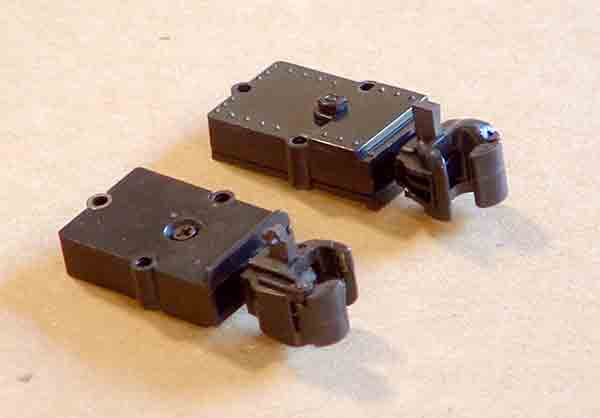
Gary Raymond Vital statistics 1:32 scale, working knuckle couplersAmerican Model Supply33268 Central AvenueUnion City CA 94587Price: $10/pairWeb site: www.amstrains.com Working knuckle couplers and sprung draft-gear boxes for 1:32 scale Pros: Prototypical, working drop pin; Kadee #1-scale #820/920 mounting-hole compatibility; perfect size for 1:20.3 cars using three-quarter-size couplers Cons: Slightly oversize for 1:32 scale American Model […]
Read More…
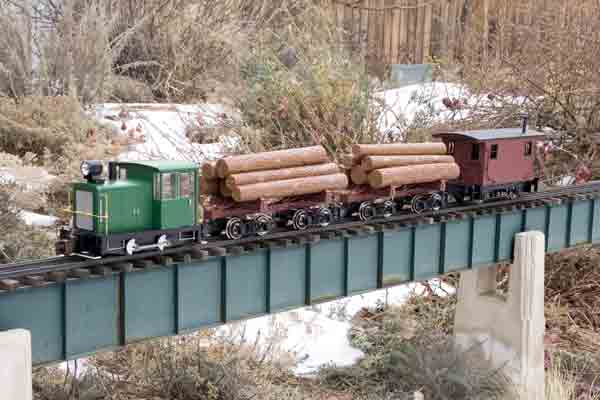
Bachmann Lumberjack set Marc Horovitz Bachmann Prospector set Marc Horovitz Gauge 1, large-scale starter setsBachmann Industries1400 East Erie AvenuePhiladelphia PA 19124Price: Lumberjack, $350; Prospector, $375Web site: www.bachmanntrains.com Large-scale starter sets; each set has a 1:20.3-scale Davenport diesel-outline locomotive, loop of track, power supply, accessories, DVD, and instruction book; “Prospector” (#90070) includes four side-dump ore cars; […]
Read More…
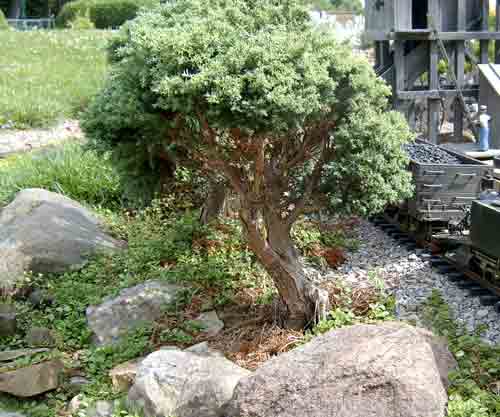
A gallery of miniature conifers: Nothing gives a sense of scale and believability to a garden railway quite as well as miniature trees. When it comes to really small trees that translate well to our railroad landscapes, conifers (cone bearing, needled evergreens) seem to have the most representatives in the miniature woody-plant kingdom. I will […]
Read More…
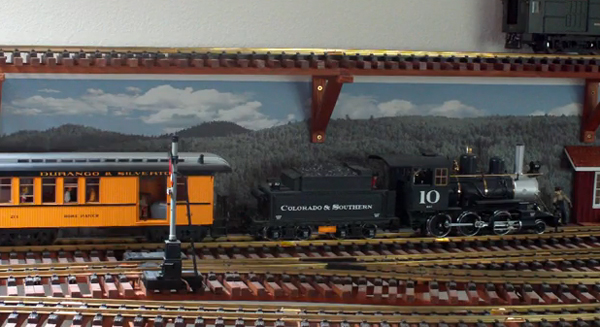
Name: Stan Silverman Forum user name: stanman98075 Railroad name: Sylvan House Railway Scale: Mostly 1:22.5, also 1:20.3 and 1:29 Theme: Indoor overhead and wall layouts Location: Sammamish, Washington Description: The LGB Mogul is shown on my large-scale indoor layout in this short video. My property is on a densely-wooded hillside with no opportunity for an […]
Read More…
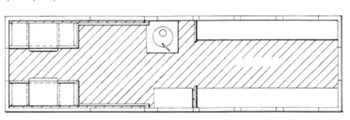
Download the PDF of this project here. This PDF is formatted to print on your home printer. Most pieces are formatted to fit on a 8.5″ x 11″ piece of paper. For larger parts of the plan, you will see “break lines.” Line up the break lines to create the larger piece. Despite our best […]
Read More…
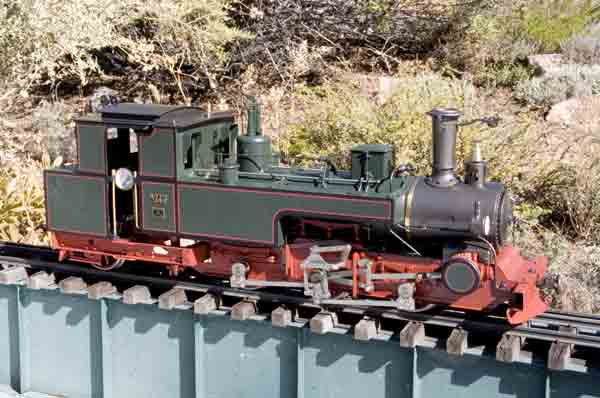
Accucraft Saxonia III K live-steam locomotive Marc Horovitz 1:20.3 scale, gauge 1, Saxonia III K, live-steam locomotive Made by Accucraft for: MBV Schug Neustrasse 18 D-54340 Detzem Germany Price: €2,680 Web site: www.accucraft.de Model of a III K class, 0-6-2T locomotive from the Saxonian State Railway; two, inside, double acting, piston-valve cylinders (outside valves); butane […]
Read More…
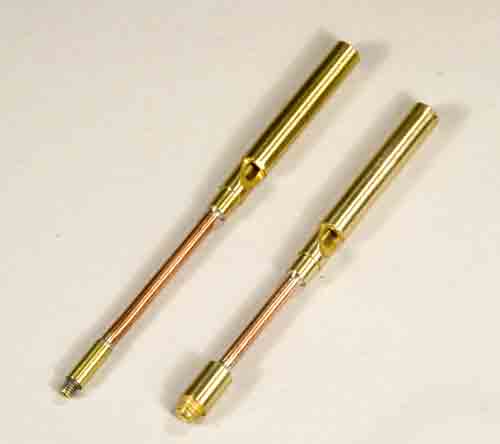
Subscribers: Don’t miss the exclusive product highlight video of these chuffer pipes in action! Chuff pipe for live-steam locomotives Marc Horovitz Chuff pipe for live-steam locomotivesSummerlandsGreat BritainWeb site: www.summerlands-chuffer.co.ukAvailable in the USA from:NGT Models 1816 Vermont Avenue Lansing MI 48906Price: $43 ea., postpaidWeb site: www.ngtmodels.com Replacement exhaust pipe for Accucraft (and other) live-steam locomotives to […]
Read More…
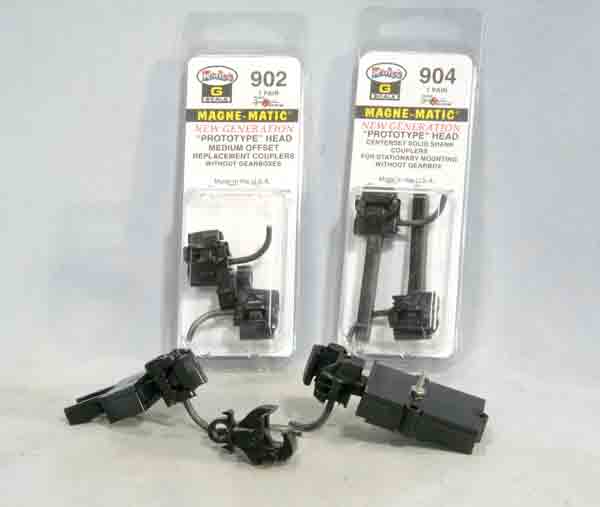
Kadee “G scale, prototypical head” coupler Kevin Strong Kadee “G scale, prototypical head” couplerKadee Quality Products673 Avenue CWhite City OR 97503Web site: www.kadee.comPrice: $6.25 to $6.95 per pair Plastic, automatic coupler replacement; scale, 1:22.5; draft-gear box not included Pros: Prototypical appearance; automatic functionality via trip pin; sturdy constructionCons: None Kevin Strong Kevin Strong Kevin Strong […]
Read More…
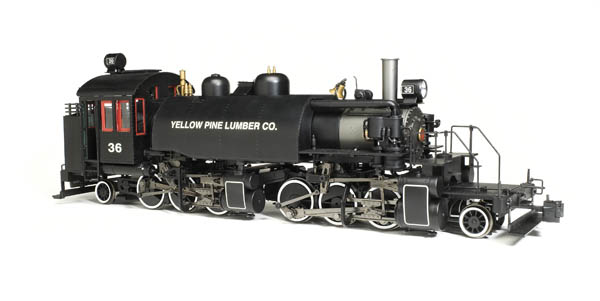
Bachmann 1:20.3-proportion 2-6-6-2T steam locomotive The Biles-Coleman Lumber Co. 2-6-6-2T was never built in 1:1 scale, but that didn’t stop Bachmann from making a well-detailed, smooth-performing model Mallet. The 1:20.3-proportion steam locomotive has plenty of pulling power and a versatile “plug and play” electronic interface for adding a Digital Command Control (DCC) decoder or radio-control […]
Read More…
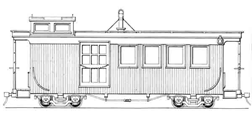
Download the PDF of this project here. This PDF is formatted to print on your home printer. Most pieces are formatted to fit on a 8.5″ x 11″ piece of paper. For larger parts of the plan, you will see “break lines.” Line up the break lines to create the larger piece. Despite our best […]
Read More…












